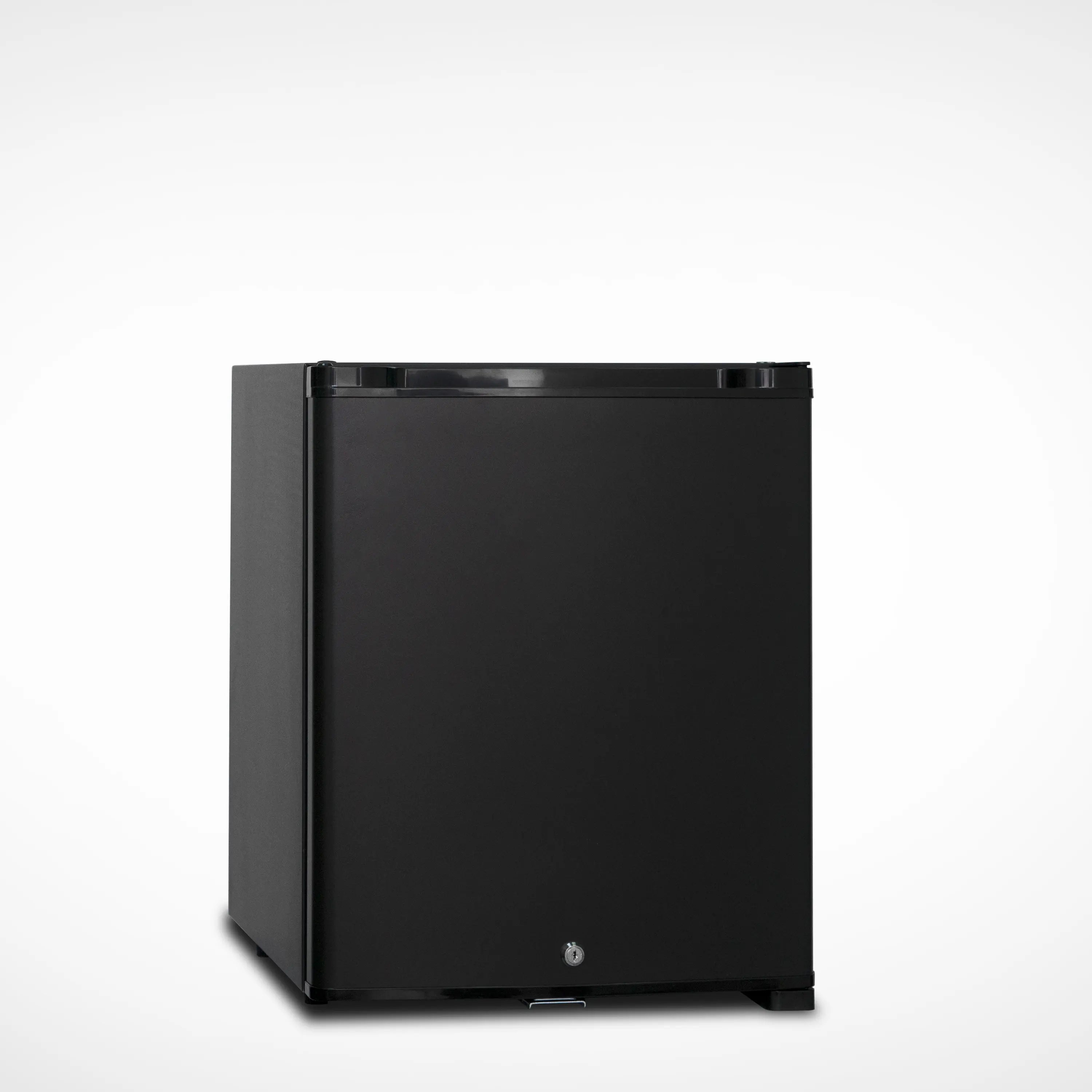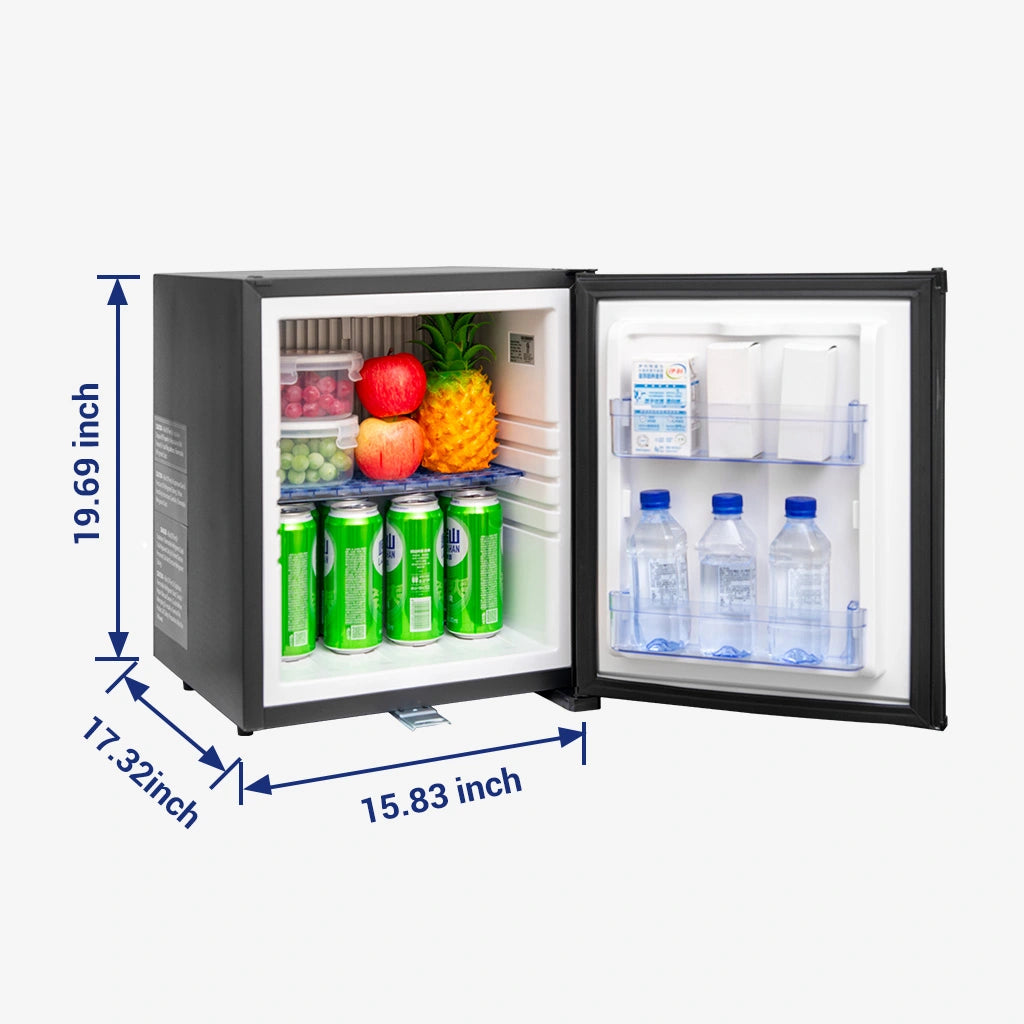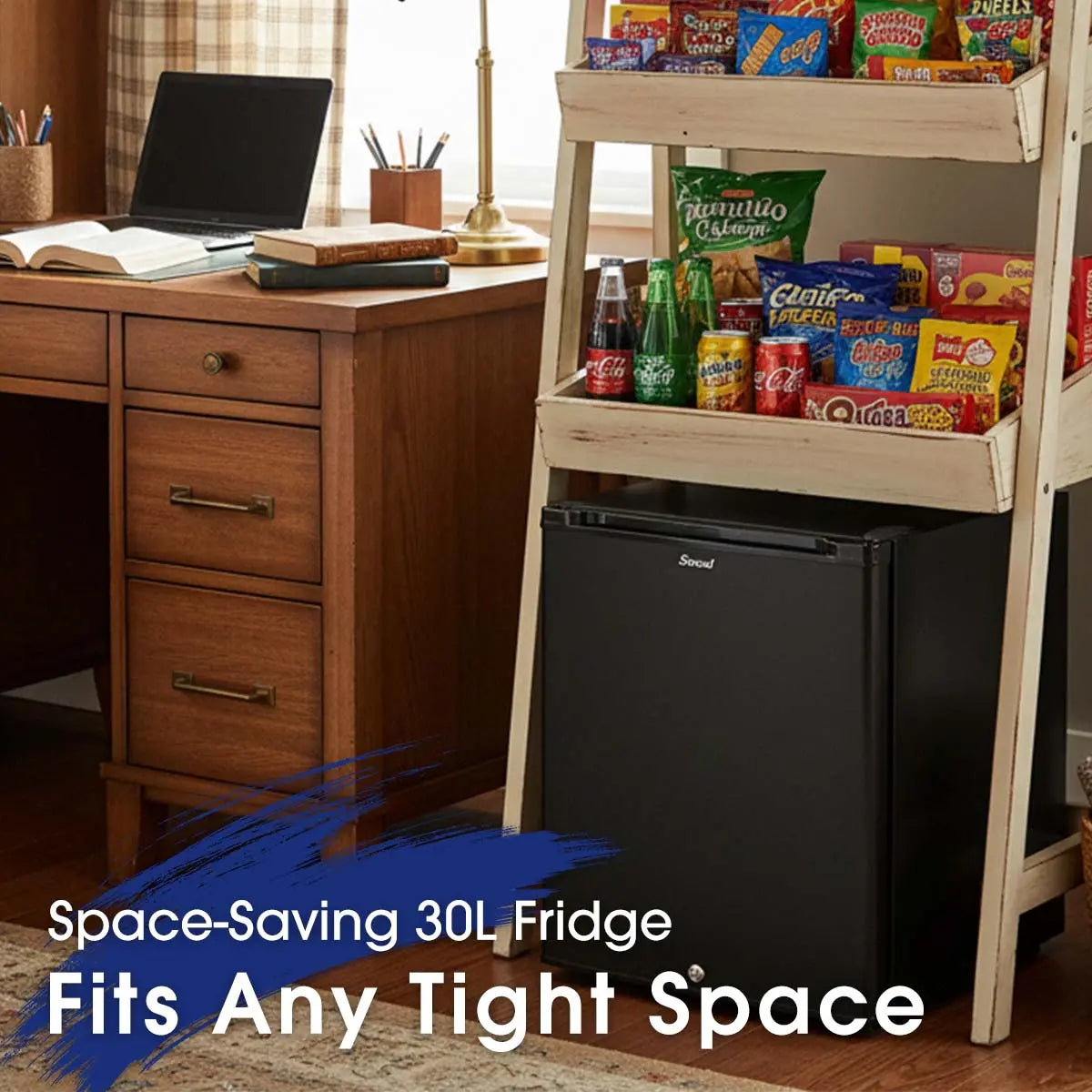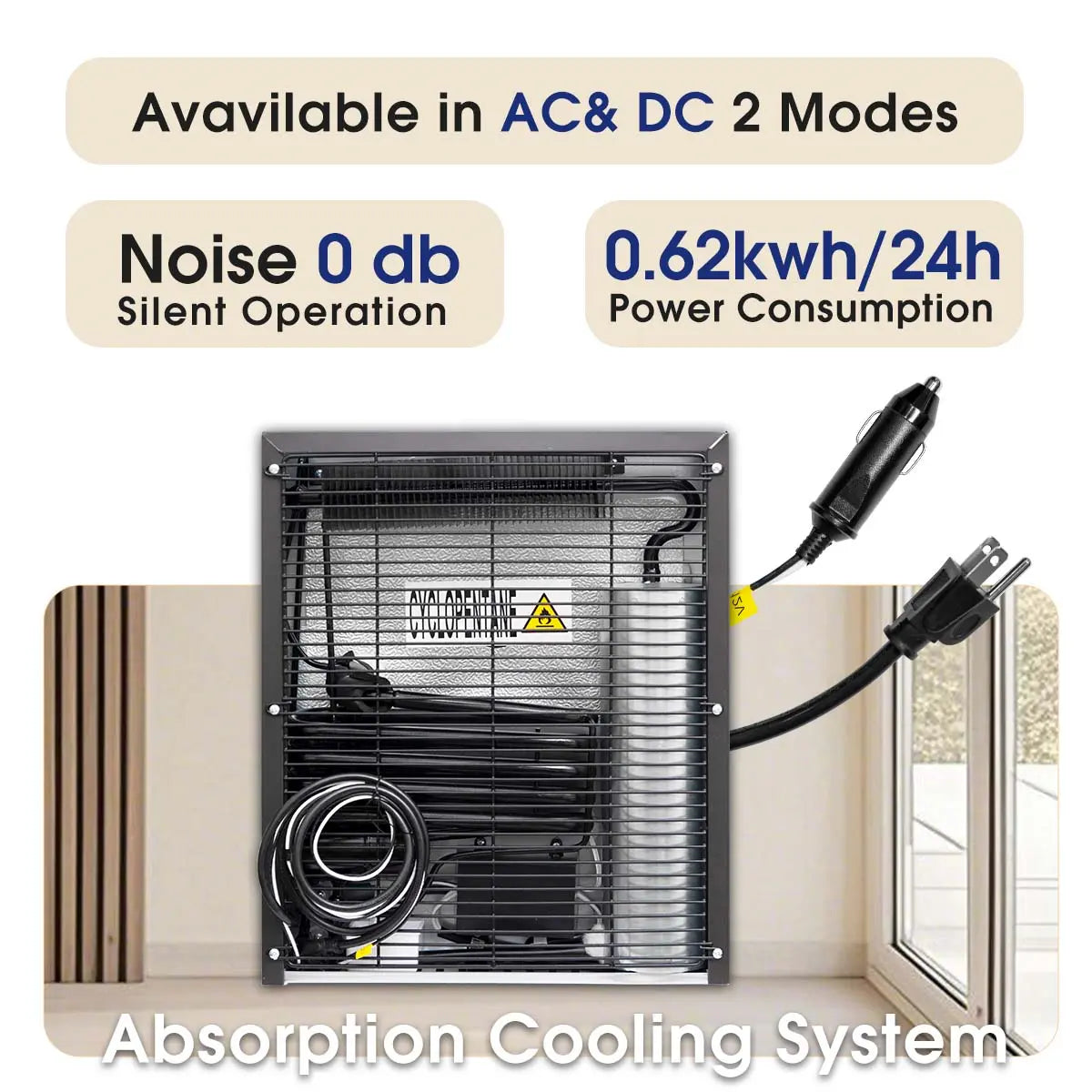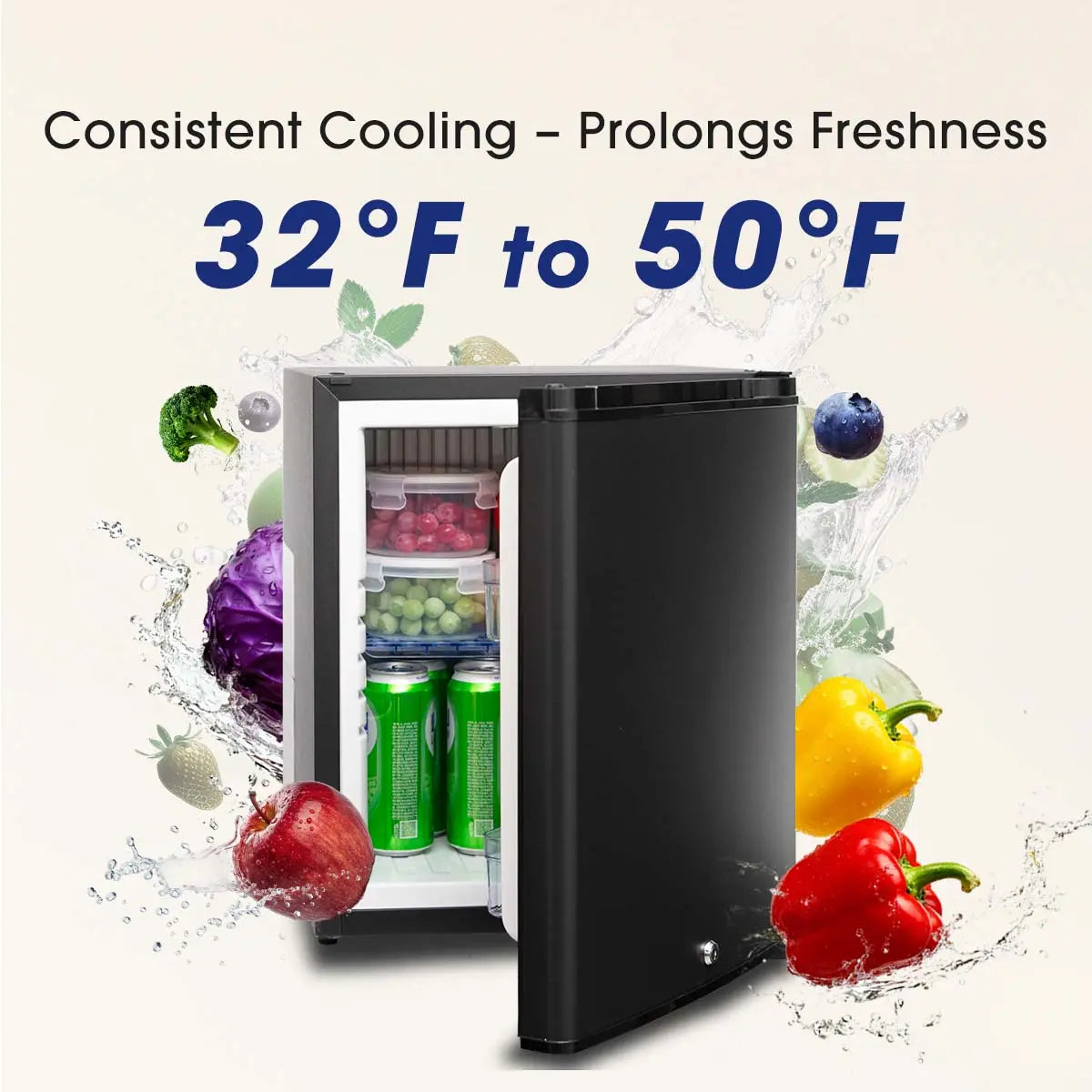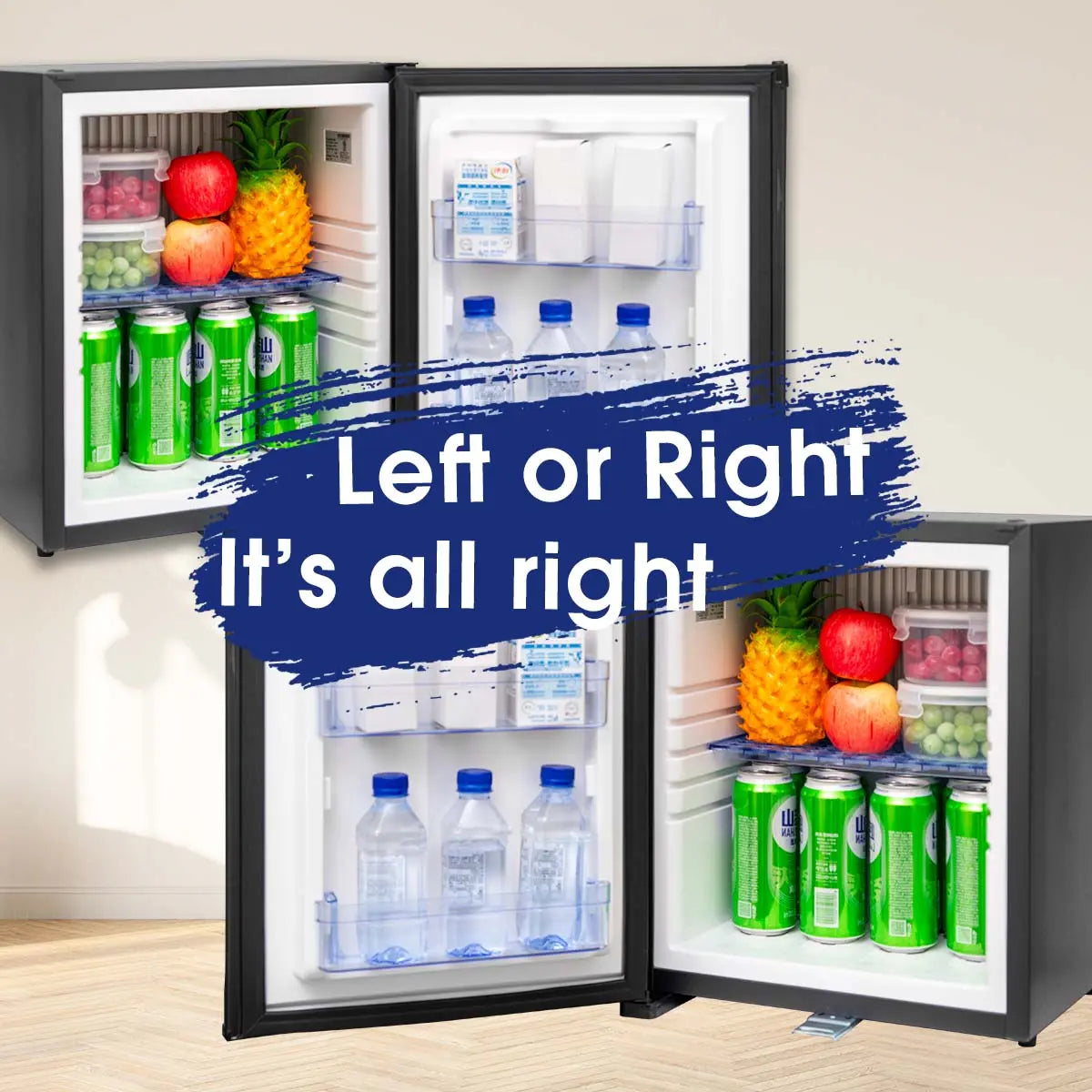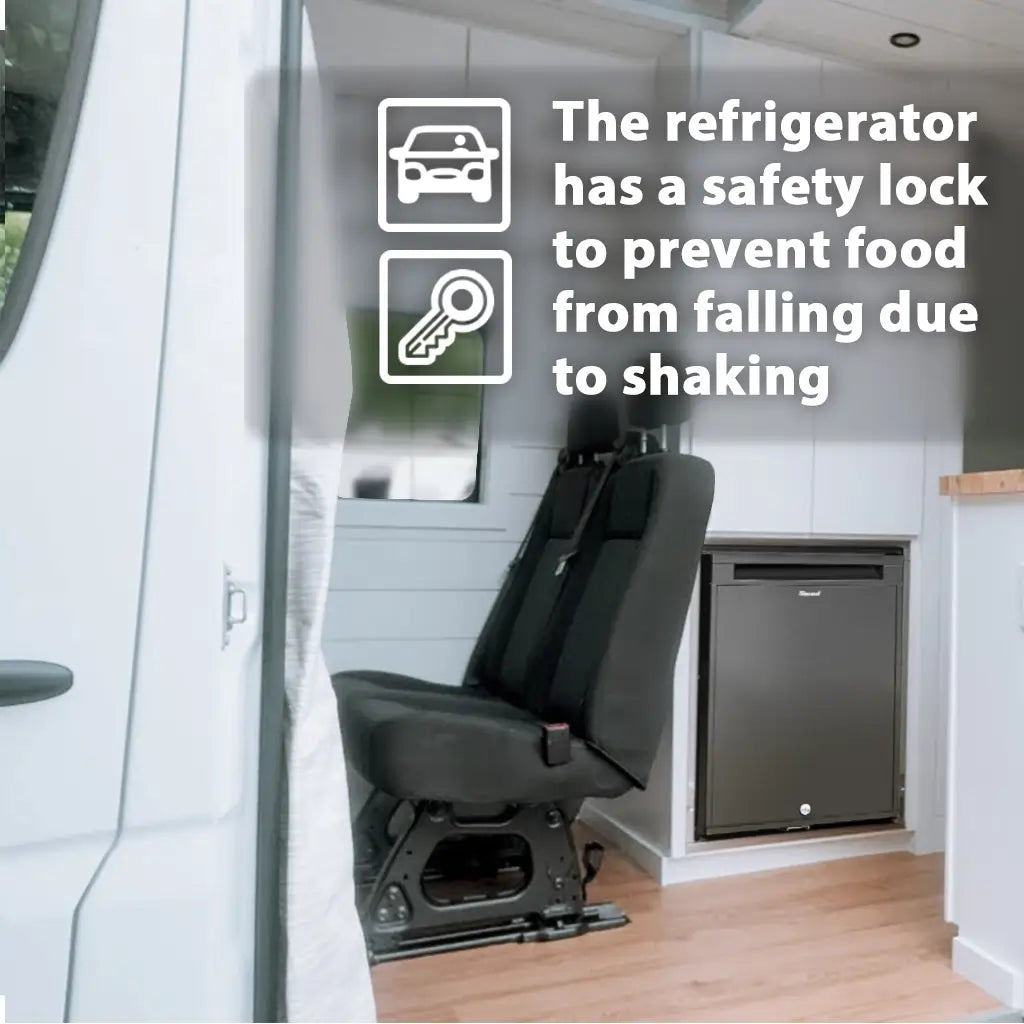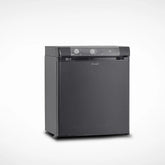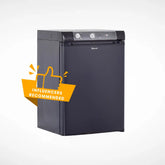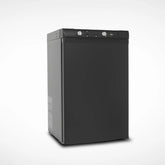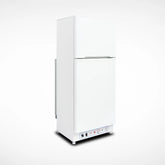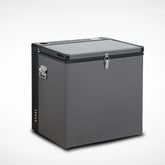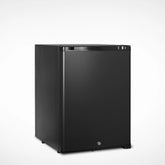Gas Fridge
Our gas refrigerators are designed to operate on both gas and electricity, but only one power source can be used at a time. When the refrigerator is running on gas mode, it is essential to completely disconnect the electrical power. From ignition to operation, the refrigerator relies entirely on gas. The ignition system and internal lights are powered by batteries. Therefore, the gas refrigerator can function completely independently using gas.
Our gas refrigerators use an absorption refrigeration system, which operates without a compressor. As a result, the refrigerator runs almost silently, ensuring there is minimal noise disturbance and no noise pollution during operation.
Please note that gas refrigerators have specific installation space requirements, particularly for proper ventilation. For safety and optimal performance, we do not recommend installing the gas fridge in a fully enclosed cabinet. If your installation space is limited, we advise leaving a gap of 8-15 cm at the top and back of the refrigerator to allow for sufficient airflow. Additionally, we recommend installing a ventilation hole to further improve air circulation. This will not only enhance the efficiency of the refrigerator but also help reduce energy consumption.
If you are installing the gas refrigerator under a counter, we highly recommend installing a gas flue vent kit to ensure proper ventilation. However, if the refrigerator is placed in a well-ventilated open space, the installation of this accessory is not required.
A propane fridge is ideal for outdoor use. The more ventilated the space, the lower the energy consumption and the higher the cooling efficiency of the fridge. However, it’s important to note that no appliance should be exposed to direct sunlight for long periods. Prolonged exposure can degrade the exterior color and accelerate the aging of the fridge's seal. The best practice is to place the propane fridge in a shaded area, such as under a countertop or inside a sheltered space like a gazebo.
